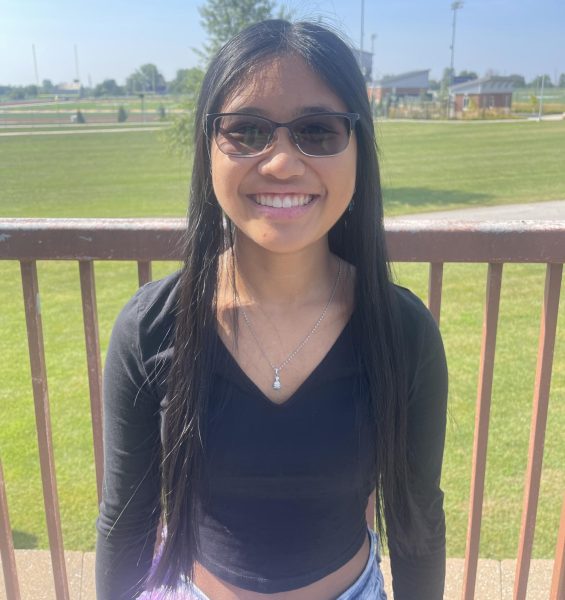On April 8, the first total solar eclipse since 2017 occurred. Schools within the district provided kids with solar eclipse glasses and a time to watch the event. The 2017 eclipse was criticized by some students due to the poor, cloudy weather.
“The solar eclipse overall was pretty cool, but I feel like it didn’t last that long. It was one of the longest ones we had in recent years, which was still pretty cool. And it was not cloudy; it was beautiful weather,” Owen Melius, 10, said.
According to the NASA eclipse explorer, the maximum amount of coverage that Kansas citizens could have observed was 89.7%. This created a crescent shape during the eclipse.
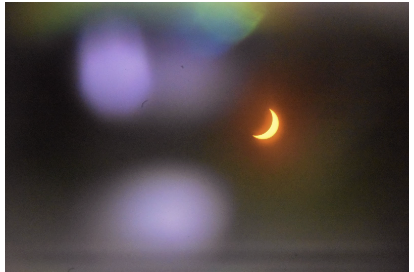
While Kansas did not have total coverage, 11 other states did. In states like Texas, Arkansas, and Illinois, totality lasted between two to four minutes.
Some students traveled out of state with their family to view the total eclipse. Brooklyn Love, 10, had a watch party with her family in Fayetteville, Ark. This trip was planned seven years ago, at the time of the last eclipse.
“It was really cool because we got to take our glasses off at totality because it wouldn’t burn holes through our eyes. It had an eerie feeling because it was light, but then it was dark and you could see the stars,” Love said.
After this year’s total eclipse, the next eclipse, as stated by NASA, is said to occur 20 years from now in 2044.


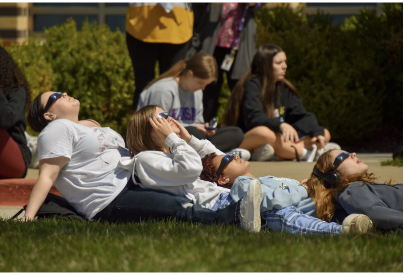
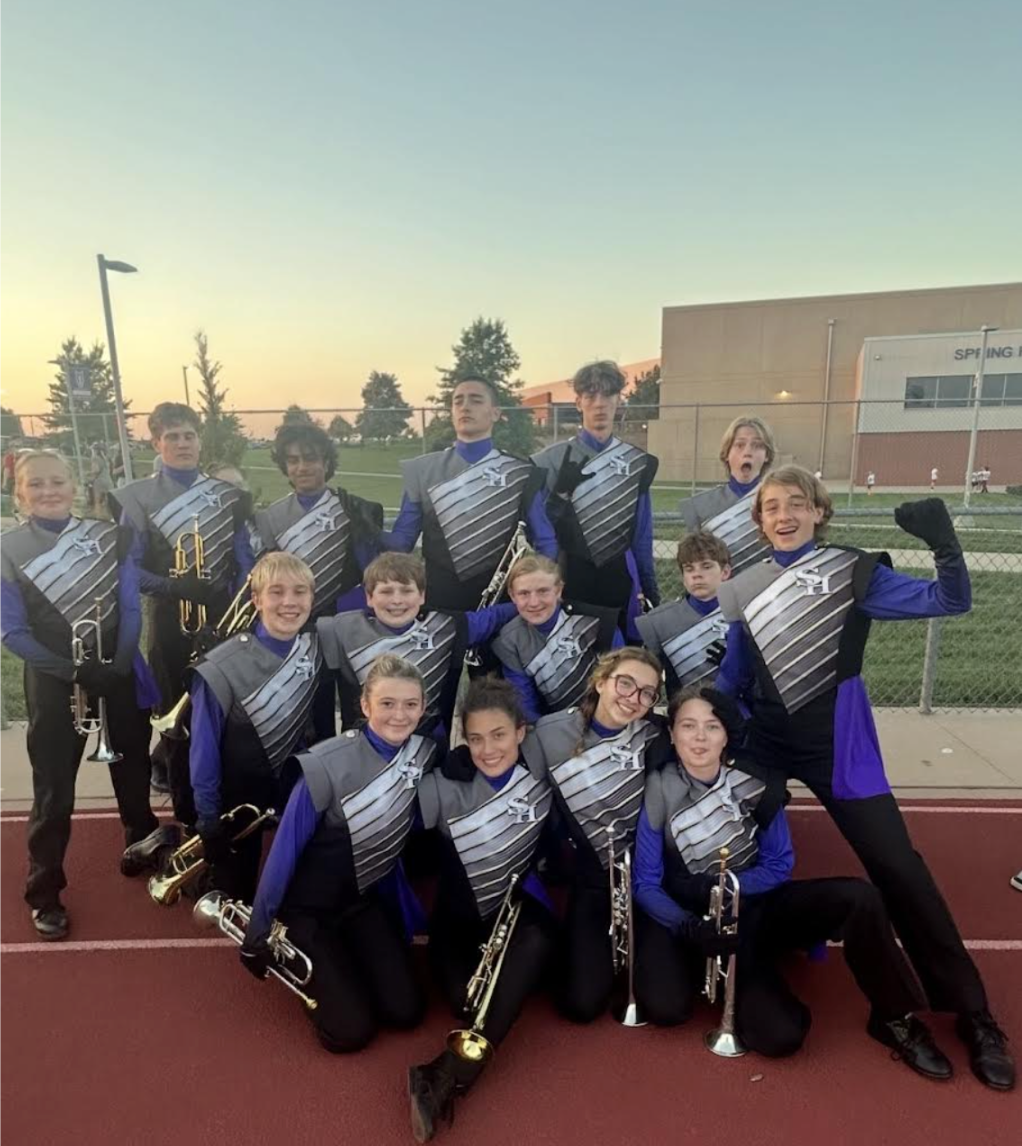
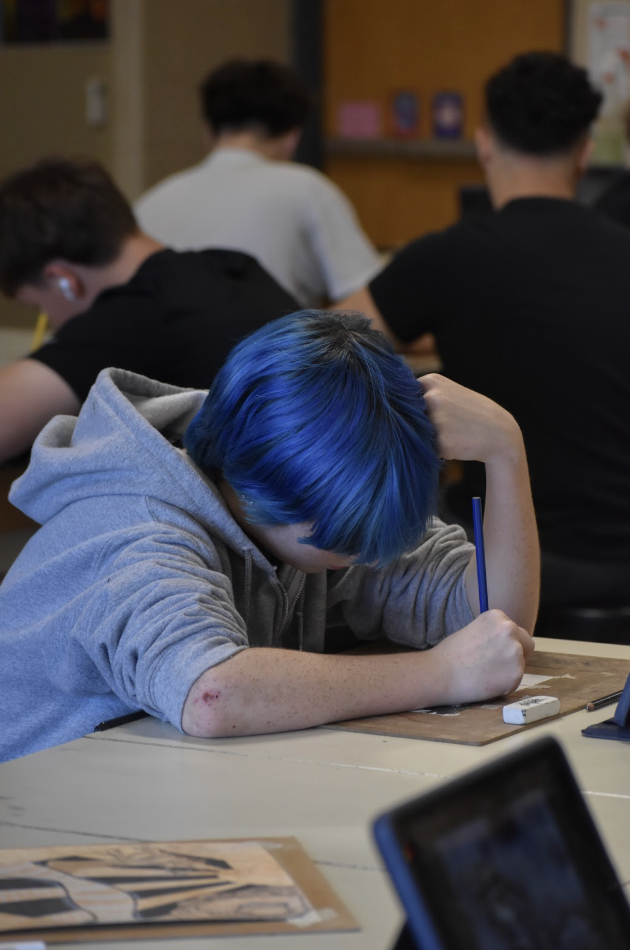
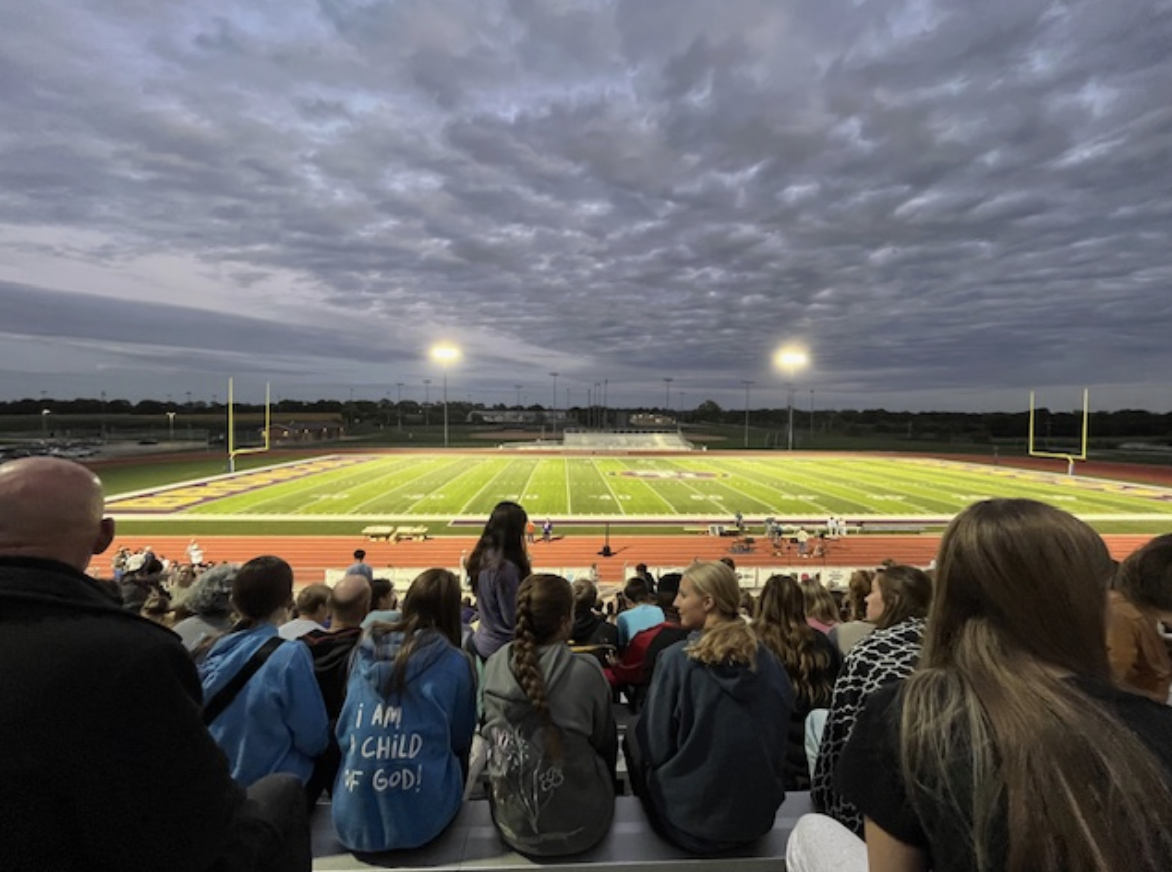
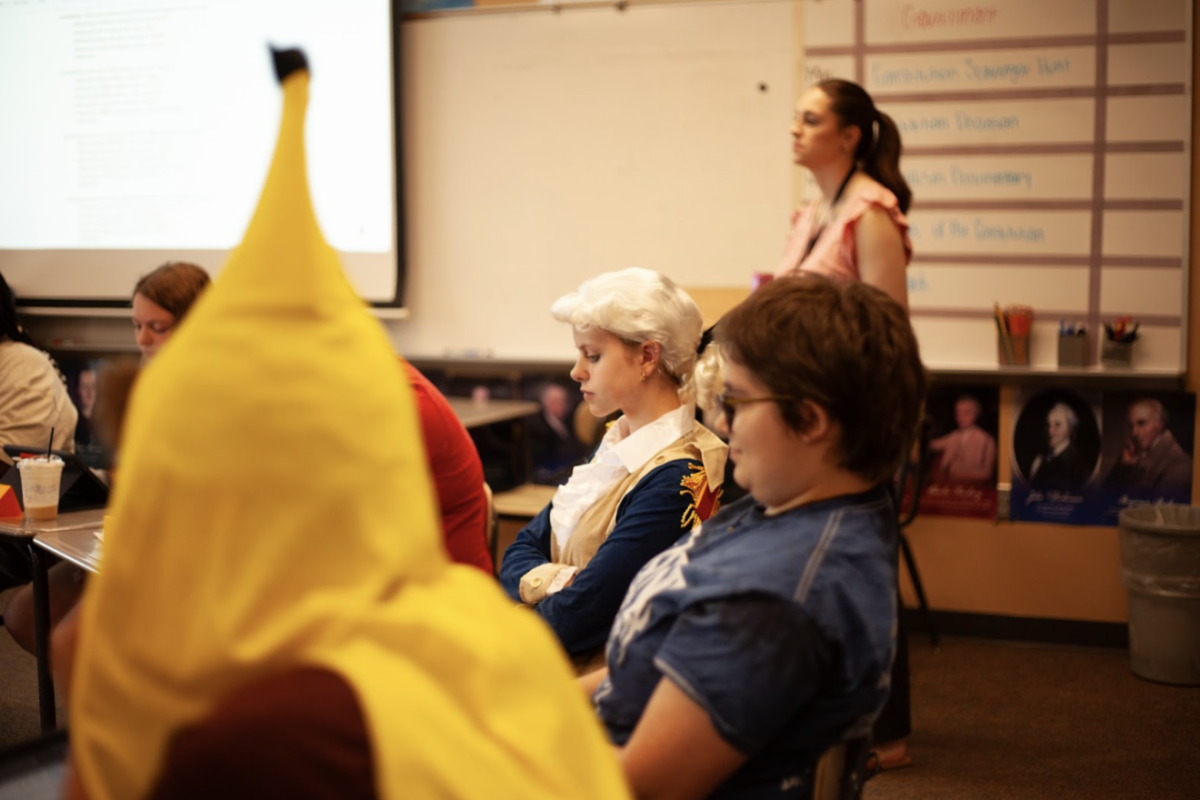
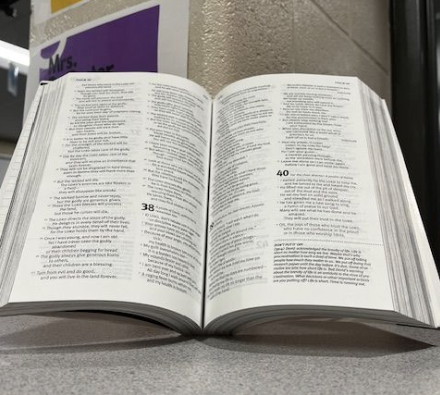

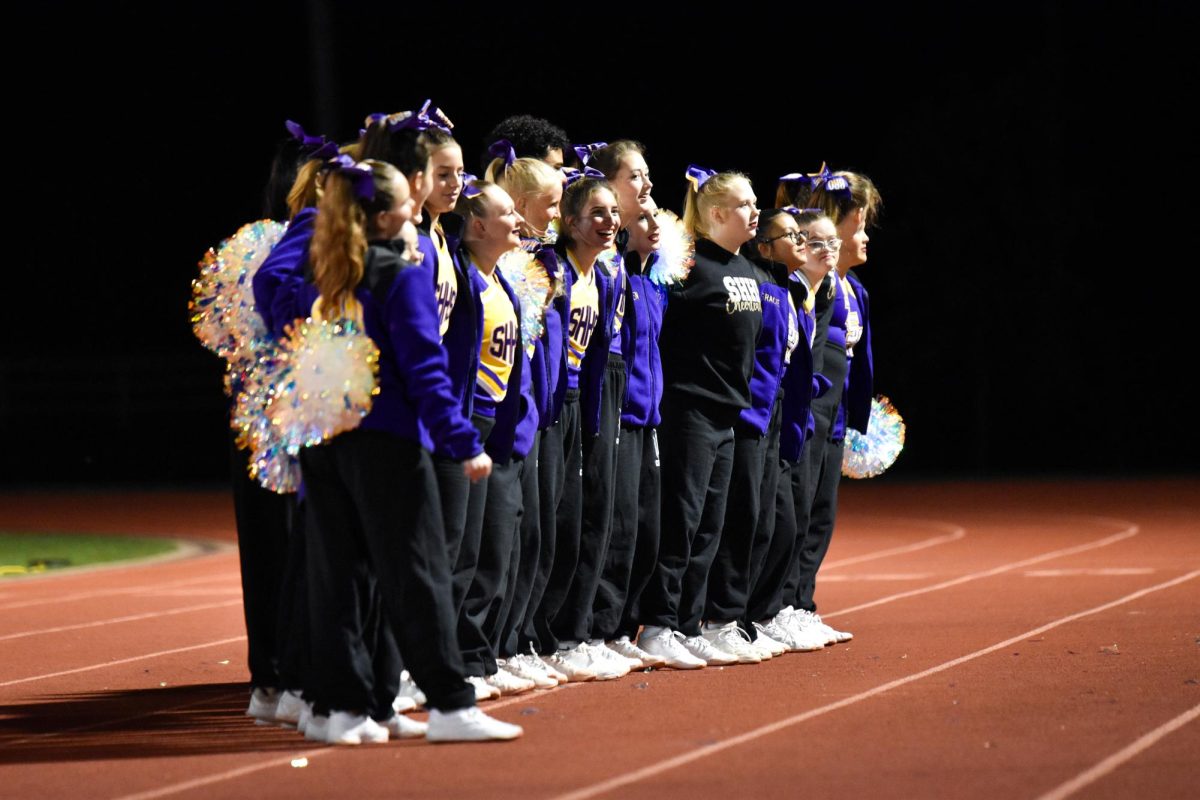
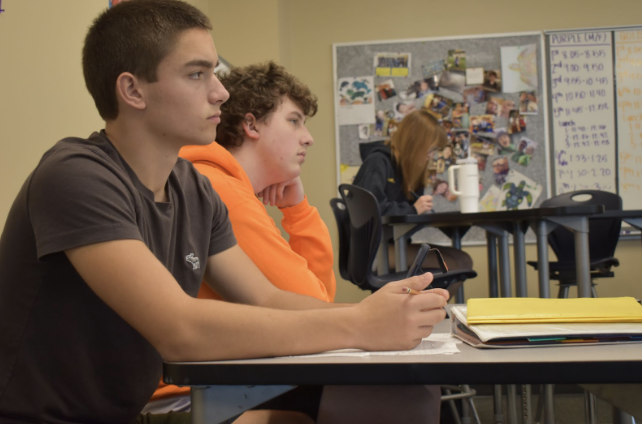
![Peering through their microscopes, [Brock] Laplante’s freshman Biology class has a hard time pretending they’re not interested. From sharp angles to swirling cells, there’s no predicting what could be seen.](https://stampedenews.net/wp-content/uploads/2025/10/Screenshot-2025-10-03-at-10.56.07-AM.png)
